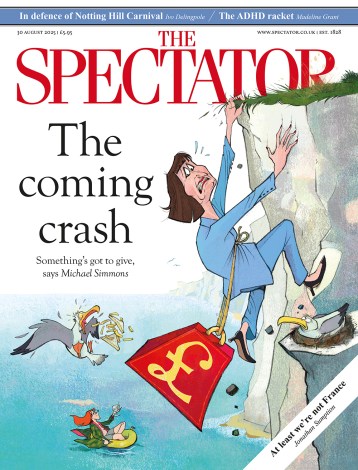Spectator books of the year: A.N. Wilson on the British Pushkin
Tristram Hunt’s Ten Cities that Made an Empire (Allen Lane, £25) is a stylish history of the British empire, told through its cities in sunny, civilised prose. He begins with the bungling of the American colonies and ends with Britain’s bewilderment as its own cities in turn become ‘colonised’. Constantine Phipps’s What You Want (Quercus, £20) is a verse novel in heroic couplets. It is bright verse, not light verse; a gripping, upsetting story of adultery, which turns into a sort of Dantean journey (while he drifts off in an unwise mixture of whisky and pills) with Freud as Virgil. Unlike many modern novels, this is actually about something. It is moving, scary, funny,




















